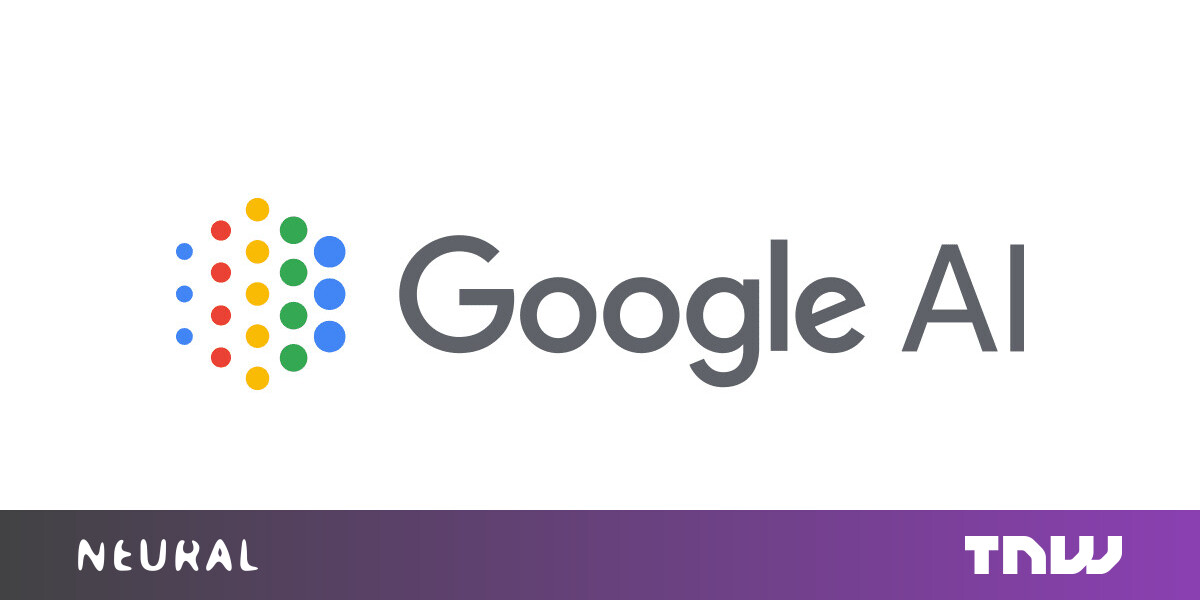
Google has plenty of apps on your phone that use speech detection from Google Assistant to Google Translate and Pixel’s nifty recorder app. However, one of the challenges these apps face is separating your voice from other people or background noise.
To overcome these challenges, Google’s AI team has built a new lightweight model called VoiceFilter-lite. In 2018, the team unveiled the first VoiceFilter model which used the company’s voice match tech. It’s used in Google Assistant to analyze your speech and sound when you enroll for a service.
A lot of times recognizing voices efficiently — technically, achieving better source-to-distortion ratio (SDR) — takes a model with a large size, prominent CPU power, and battery consumption.
That’s why the Google team came up with the VoiceFilter-lite model that’s sized at just 2.2MB, making it suitable for tons of lightweight mobile applications.
It uses the already enrolled voice of a user and improves the recognition even when there’s overlapped speech. Google claims the model enhances recognition by 25% word error rate (WER) — a ratio used to measure how many words a model recognizes from reference sentence
[embedded content]
An advantage of this model is that you don’t need to include it in your speech recognition model. So, if a speaker’s voice was not enrolled previously, your app can bypass VoiceFilter-Lite and carry on with recognition commands. This also helps if an enrolled user wants to issue some commands to a digital assistant in incognito mode.
For the next steps, the researchers will try to apply this model for languages other than English. Plus, they want to improve direct speech recognition so the model can be used for more than recognizing voices from overlapping speeches.
You can read more about VoiceFilter-Lite here
Published November 12, 2020 — 12:16 UTC
